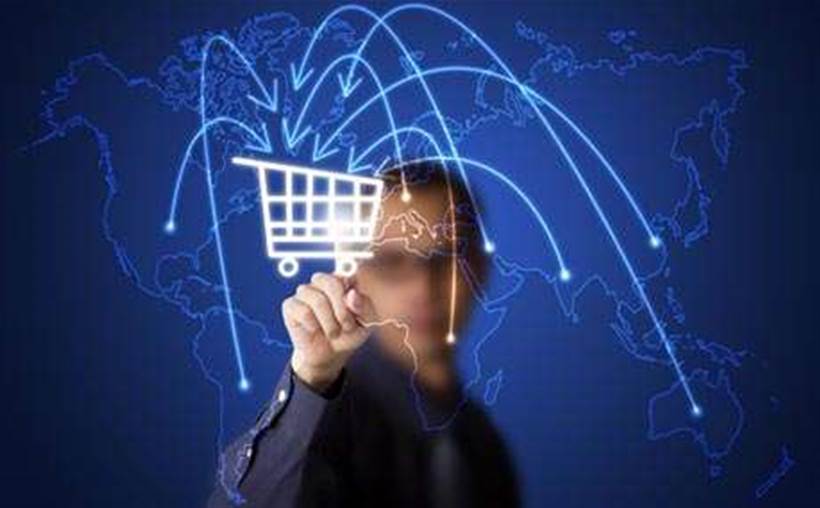Bricks-and-mortar retailers continue to face stiff competition from online merchants and peer-to-peer traders, leading many to turn to technology to lure shoppers back into stores.
In a survey commissioned by Zebra Technologies, 96 percent of retailers indicated they were ready to make changes to bring the Internet of Things into their operations.
The reasons for this are clear: IoT promises to provide retailers with a more intimate relationship with their customers, the opportunity to perform analytics on their customer base, and detailed tracking and monitoring of their stock and assets.
Most importantly, retailers are looking to IoT to provide a differentiated sales experience for customers, and to unify their shop front and online experiences.
The location-based retail experience
Zebra’s 2015 Global Shopper Survey highlights a number of key ways that retailers can encourage customers back into stores.
The study showed that 74 percent of shoppers are willing to divulge a certain level of personal information, such as their age, likes, dislikes and purchasing history, in exchange for personalised product and sales offers.
These offers can be delivered through an app, via email or as an SMS to the customer as they enter the store.
The latter can be achieved using location-sensing technology, such as wi-fi or Bluetooth beacons that detect when a customer’s smartphone is in the store or connects to a store’s internal wi-fi network.
Digital customer service
Technology can also enhance the shopping experience in other ways.
Self-help technologies, such as price check scanners, information kiosks and self-checkout payment lanes are all systems that customers that participated in Zebra's study agreed improved the shopping experience.
Quality customer service staff is perhaps the biggest differentiator and advantage that physical stores claim to have over their online counterparts, and 64 percent of customers agreed that a high level of service would lead to a greater willingness to purchase more merchandise.
To facilitate the level of service demanded by customers, staff must be equipped with technologies to provide their customers with the answers they seek in a timely manner, Zebra said.
Whether it’s stock availability or prices, the staff member must be able to provide the information required quickly and easily - for example, by using handheld mobile computers, mobile point-of-sale (POS) devices, tablets and smartphones.
Mobile POS terminals in particular can negate the need for customers to wait in line to finalise purchases, long seen as a disadvantage to shopping in-store.
The power of RFID
RFID is not a new concept in the retail space. Store owners have used RFID technology for years in conjunction with electronic security gates to alert staff when an item is removed from the store without payment.
However, RFID is increasingly being used to manage and monitor stock levels, as well as their physical location in-store.
Using location-based RFID tracking, a retailer can obtain data that tells them which products are selling and which store areas are receiving a high amount of traffic in terms of sales.
This then allows them to adjust floor plans to bring more popular items to parts of the store with higher foot traffic, or to commence discounts in low-sales areas to entice customers to purchase products from there.
The RFID tags on products could also interface with a store’s web presence, providing an at-a-glance view of stock availability for customers prior to entering the store.
Bringing it all together
Zebra said that the maximum value can be extracted from these technologies when they are used in an integrated fashion.
Improving customer experience, greater visibility of stock levels, and actionable insights on customer buying patterns and stock trends are all benefits that can be achieved by incorporating IoT into a retail environment, the firm added.







